On the 21st of December 2015, SpaceX made history by landing their first Falcon 9 booster back on land. After years of development and testing, SpaceX was one step closer to dramatically reducing the cost of spaceflight, and since then more than 200 boosters have been landed with most of them being reused. When the idea was first introduced, many in the industry thought SpaceX were crazy. The idea of landing a rocket that big propulsively ontop a floating barge did seem a bit far fetched, and SpaceX certainly had some failures along the way.
But now having several years of experience with landing rockets, there is no question that landing the Falcon 9 has been a massive success for SpaceX.
But how many times can a Falcon 9 be reused and what does it take to refurbish each booster between flights? Let’s dive deeper into how SpaceX upgraded the Falcon 9 to be more reusable, what goes into refurbishing the Falcon 9, and how it will eventually be replaced by Starship.
In April 2018, SpaceX launched the new and improved ‘Block 5’ Falcon 9. This new version brought a number of upgrades to the engine heat shield, grid fins and landing legs, with an aim to make the rocket more reusable. SpaceX had already landed a decent amount of boosters, allowing them to pick apart each booster and analyze which parts wear away the fastest.
This is yet another benefit to brining your rocket back instead of crashing it into the ocean. The rocket itself can be made much safer, since each mission can be treated as a real life stress test of the rocket, rather than only relying on computer simulations. The new upgrades brought in with the Block 5 variant were largely focused on reusability.
Although this upgrade cut out the need for a lot of refurbishment, the average turnaround time for a booster only dropped from 356 days to 107 (with the quickest turnaround time being 72 days). Now, the record is just 21 days. SpaceX don’t necessarily need a super quick turnaround for the Falcon 9, since they always have a large fleet of boosters across the country that are ready for flight. The Space Shuttle on the other hand achieved a record of just 55 days between flights back in 1985, with regular refurbishment times of less than 100 days. However, after the Challenger disaster, the safety standards increased and this put extra pressure on refurbishment.
The process of refurbishment became an enormously expensive task, requiring over 9,000 employees to make the Shuttle ready for flight. Part of this process was replacing the super fragile heat shield tiles on the bottom of the Shuttle’s hull. This was expensive and extremely time consuming, since each tile had a custom shape and had to be made separately. By this point, the process had slowed to several months and the Shuttle was retired in 2011. With SpaceX aiming to achieve a refurbishment time of just 24 hours, they will need to match the turnaround process of airliners, with each rocket only needing a quick inspection between flights.

When the first stage booster returns to Earth either by land or by sea, it’s lifted onto a trailer and transported back to the SpaceX hangar. SpaceX now has several refurbishment hangards where the Falcon 9 live in between launches. The landing legs are typically folded up before being placed onto the transporter. However, in the past, SpaceX had a lot of trouble with the landing legs and they often had to be completely removed manually.
The landing legs are probably the part that goes through the most amount of refurbishment since they take a huge hit during landing.

Once the booster is back in the hangar, the refurbishment process begins with each engine going through a number of rigorous tests to make sure that every component is ready for flight. According to Musk, each Merlin engine could perform up to 1000 flights without major refurbishment. Yet another benefit is being able to look at an engine that has done several flights to see which parts fail the quickest. The is for sure one of the reasons that the Falcon 9 is the most reliable and consistent rocket in the world.
The hydraulic grid fin system (which failed during a landing in 2018) must also be checked for any leaks. The fuel tanks and pressure vessels go through a series of ultrasonic tests to check for tiny cracks that could lead to a failure once the rocket is pressurized for flight. This is perhaps one of the biggest unkowns for every Falcon 9 booster. And with every mission, SpaceX will get a huge amount of data in terms of how many pressure cycles each tank can go through.
Once the booster has passed the inspection process, it performs a static fire test with all 9 engines before being attached to the second stage and the payload. At the moment, all of these checks still need to be completed as they venture into the unknown territory of multiple reuses.
Each mission will give them more knowledge on how many flights each booster can perform, and over time, the refurbishment process should become more refined.
So far, there are multiple boosters that have reached 15 flights each. The original goal was just to get to 10 flights, but SpaceX are now carefully pushing these boosters to be able to achieve the goal of 20 flights each. The Falcon 9 could theoretically fly up to 100 times with minimal refurbishment. However, with SpaceX working on a much more powerful and fully reusable rocket, the Falcon 9 could become obsolete much sooner than expected.

SpaceX is currently building the first prototypes of their ‘Starship’ rocket in Texas and Florida, and with customers already lined up, they aim to launch their first commercial payload in the next few years. Not only will SpaceX use Starship for Mars and commercial satellite missions, they also want to use Starship for travel here on Earth to provide flights to anywhere in the world in well under an hour.
Unlike the Falcon 9, Starship is designed to be fully reusable with an aim to complete thousands of flights before any major refurbishment is needed. If SpaceX can get Starship up and running, it could replace the Falcon 9 all together since it would be capable of launching much heavier payloads for a fraction of the cost.
Over the next few years, SpaceX will be hiring thousands of new employees to work on Starship, and when it comes to hiring, Elon Musk has admitted that he doesn’t care about college degrees. In fact, in the early days of SpaceX, Elon taught himself rocket science by reading books and talking to people in the industry.
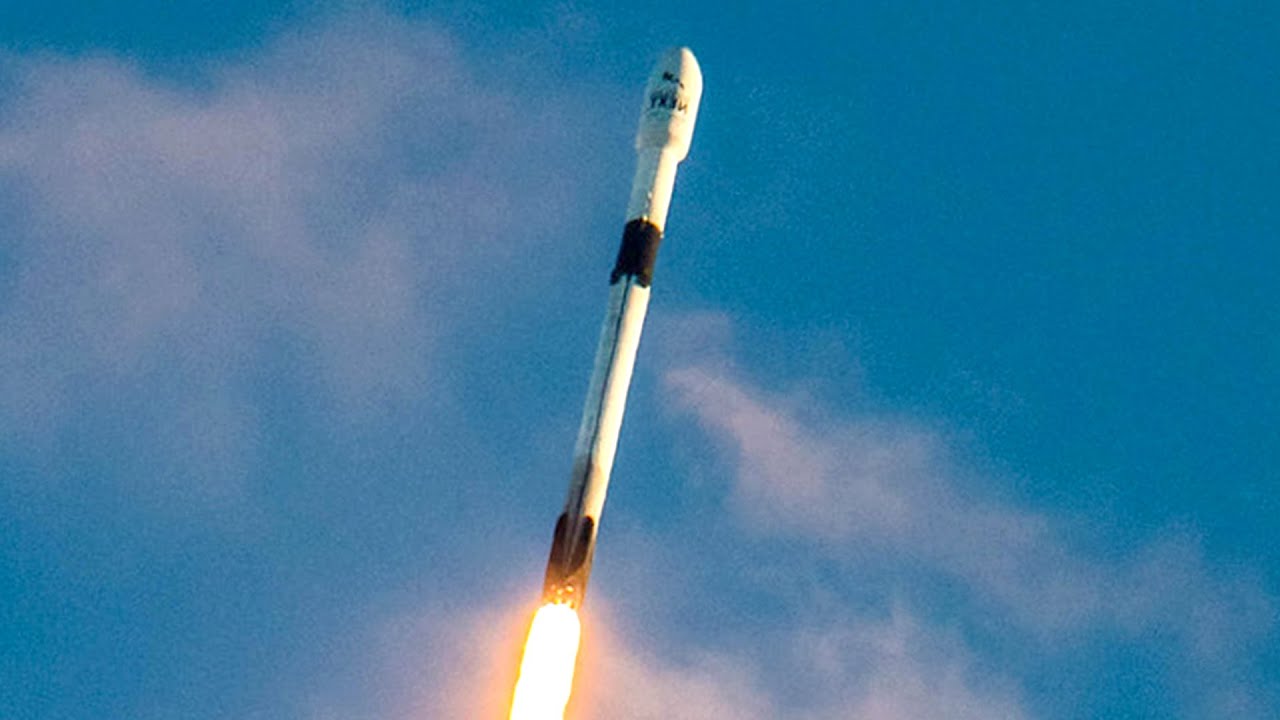
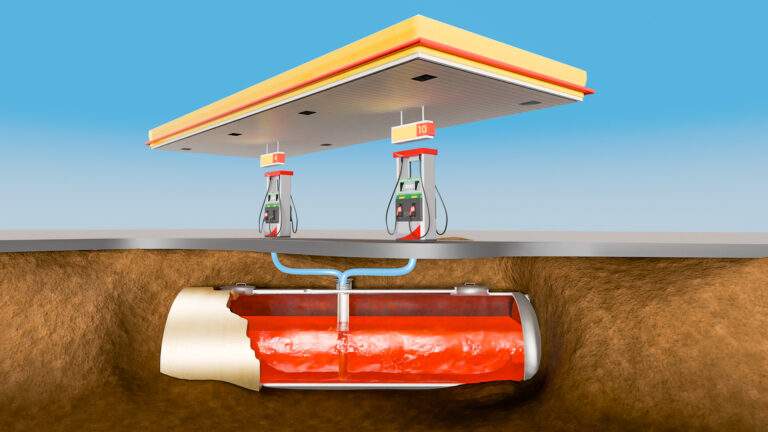
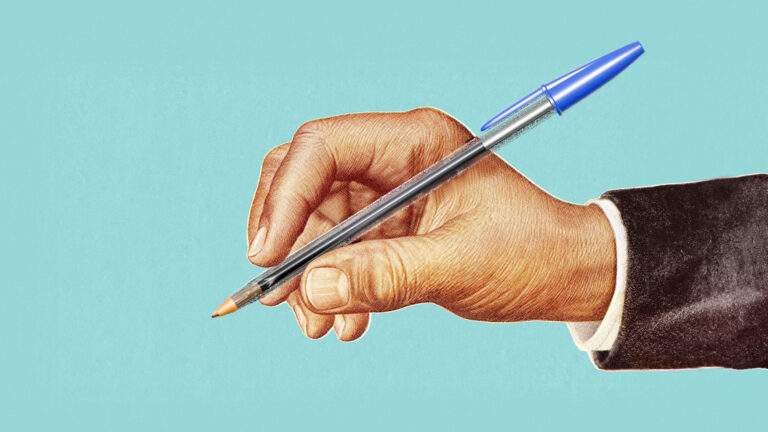
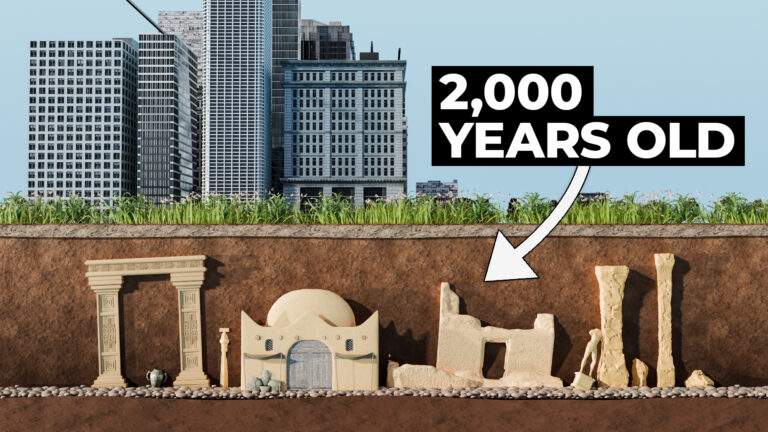
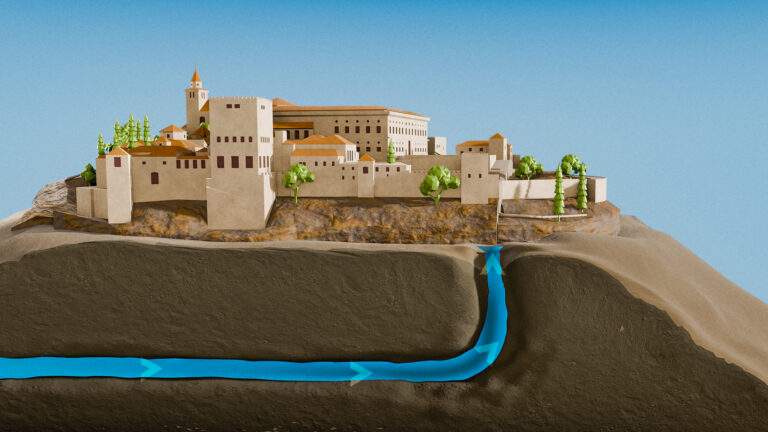

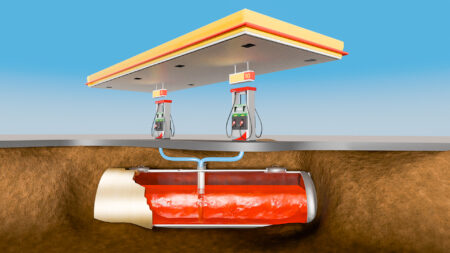

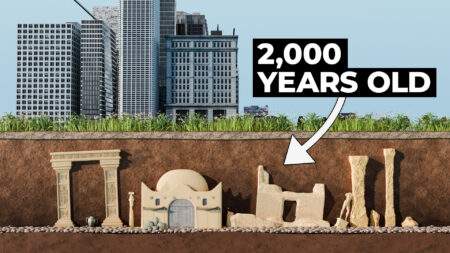
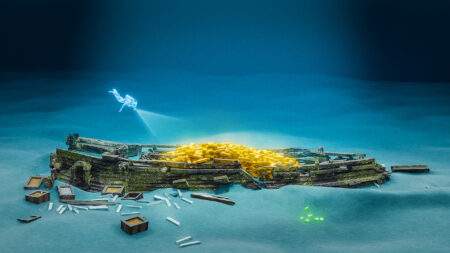


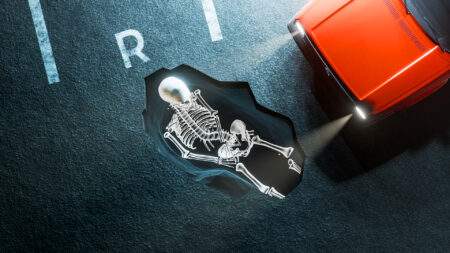
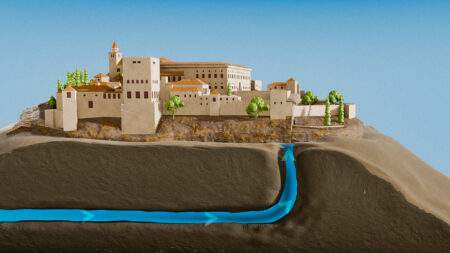
spaceX designed was incredible and uses 9 times keep space debries clean also reusablity
its future to the universe
Can you be more specific about the content of your article? After reading it, I still have some doubts. Hope you can help me.
Your point of view caught my eye and was very interesting. Thanks. I have a question for you.
Can you be more specific about the content of your article? After reading it, I still have some doubts. Hope you can help me.
Your article helped me a lot, is there any more related content? Thanks!
Thank you for your sharing. I am worried that I lack creative ideas. It is your article that makes me full of hope. Thank you. But, I have a question, can you help me?
Your article helped me a lot, is there any more related content? Thanks!
Thanks for sharing. I read many of your blog posts, cool, your blog is very good.